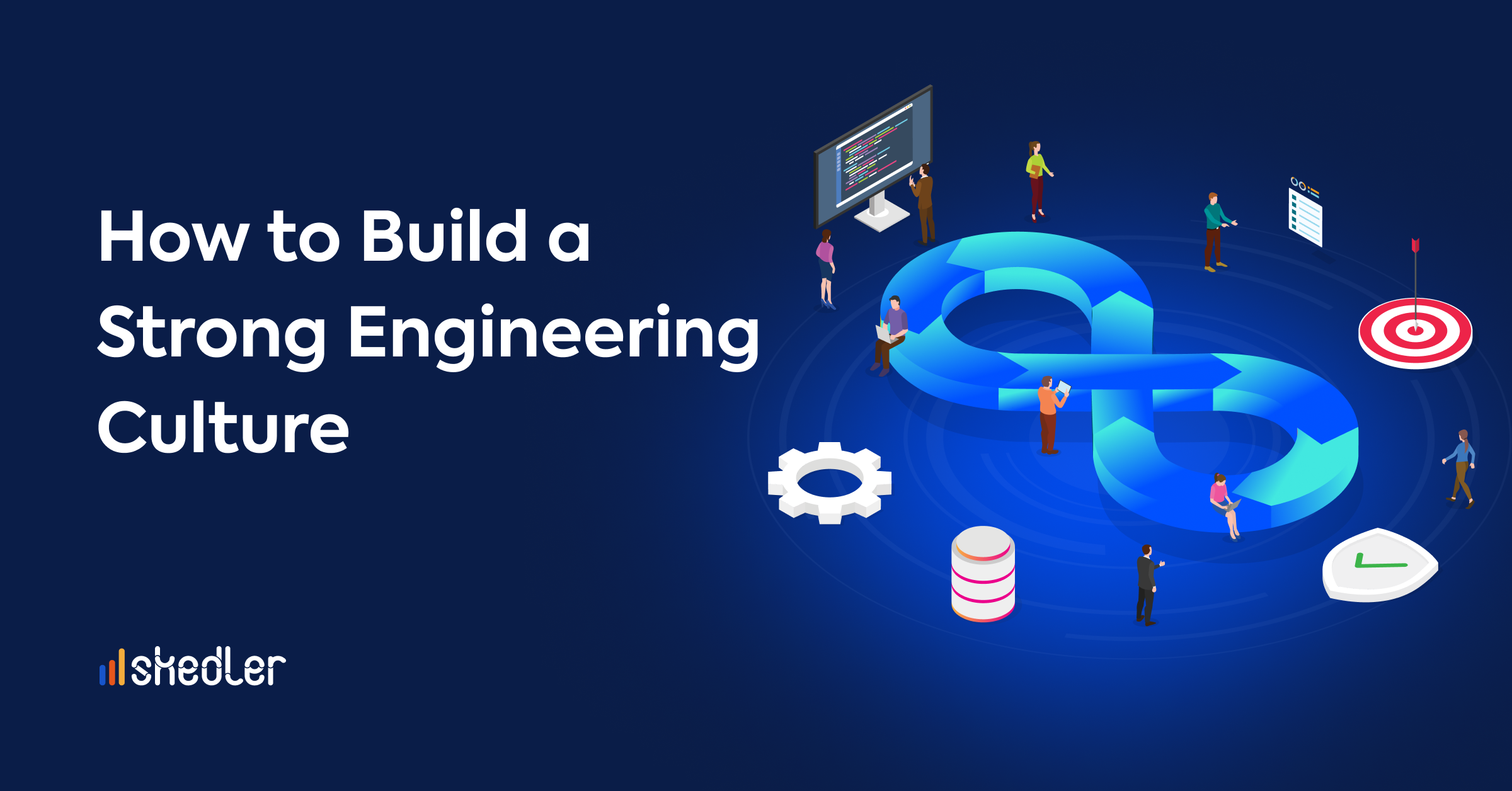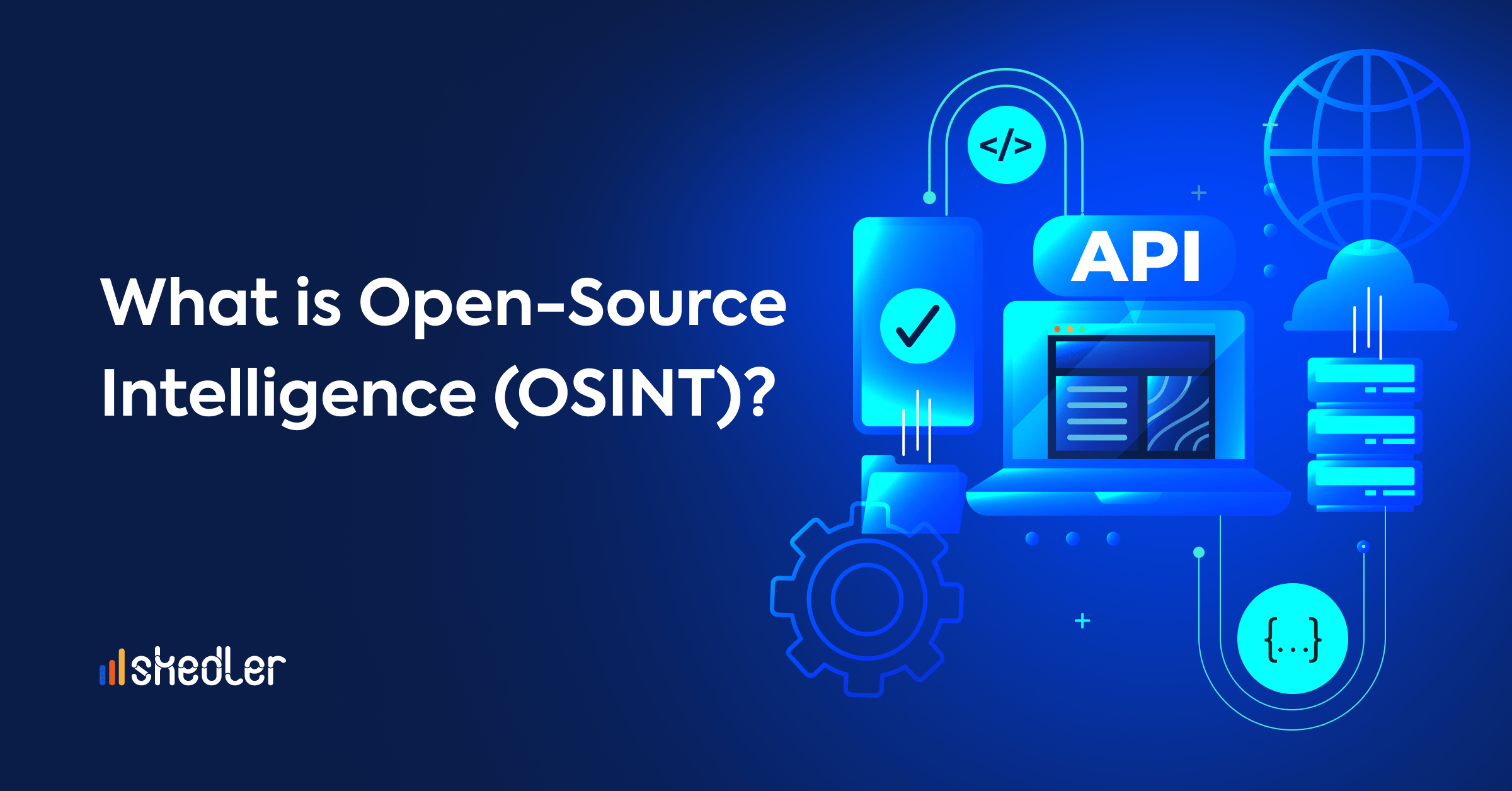How to Build a Strong Engineering Culture in 2024
Engineering culture is a key factor in the performance of technology companies. An engineering culture consists of the attitudes and behaviors that guide an organization in its engineering efforts, where autonomy, transparency and teamwork are key, among other factors.
In some sense, engineering culture is not so different from company culture. It is a set of norms, beliefs and values that lead to extraordinary achievements. A good culture also makes people happy in their jobs – and the results are much better. For some, engineering culture is even the number one factor for the success of companies
Then, culture is something intangible and cannot be seen from the outside, but it’s always there. If everyone understands the culture, the company can keep it and strengthen it and make it thrive. In a nutshell, we can define a company’s engineering culture with the phrase “How things get done around here”. Defining the core values, fomenting spaces for innovation, and establishing frameworks that will drive performance must be the key goals of leadership.
But how do you get there? Building a winning engineering culture takes time and effort. In this article, we cover how combining automation tools and continuous learning practices will help you go further. Only if a company succeeds in implementing a collaborative, efficient, and forward-thinking environment will then be able to be at the top in employee satisfaction while competing in a world where change is the rule.
Understanding Automation Tools in Engineering Culture
“Work smarter, not harder”. We have all heard this famous phrase; however, engineering teams tend to get stuck in repetitive tasks that could be automated entirely with today’s technology. This is why automation tools play an essential role in every engineering culture, especially in DevOps practices, Continuous Integration/Continuous Deployment (CI/CD) pipelines, and configuration management.
DevOps aims to bridge the development and operations gap through collaboration, communication, and automation. Automation tools are of great importance to DevOps practices as they help streamline the software development process, from building and testing to deployment and monitoring.
A key aspect of DevOps practices that rely on automation is (CI/CD) pipelines. These pipelines automate the process of building, testing, and deploying code changes. This helps engineering teams to become more efficient in releasing software quickly and reliably.
Moreover, automation tools are also essential in configuration management. They are key to productivity, making it easier for teams to manage large-scale deployments and maintain consistency across environments.
In a world where we are constantly bombarded with productivity, efficiency, and automation tools, picking the right ones can mean the difference between great productivity and money wasted. Selecting the right tool depends on your team’s specific needs, your workflows, and your company’s budget. Check out this article to discover the most useful automation tools to increase efficiency.
To Automate or Not to Automate?
What are the benefits of incorporating automation tools, and how can this affect an engineering culture? And most importantly, is it even worth it?
We can answer these questions by looking at the main reasons why incorporating automation tools into the engineering culture can bring long-term benefits:
1. Faster time-to-market: The software development process can be streamlined for maximum efficiency by automating repetitive tasks. In addition, time is saved and human error is avoided.
2. Improved quality: Maintaining consistency across environments can significantly enhance software quality. For example, automated testing can identify issues more quickly than manual testing.
3. Team collaboration:By streamlining workflows and increasing transparency, automation can boost collaboration across engineering teams. Automated processes allow teams to become more efficient and focus on higher-level tasks.
4. Scalability: Scaling infrastructure becomes simplified and managing large-scale deployments. This makes it possible for teams to support growing user bases and manage increased workloads.
5. Cost savings: Finally, time is money. Automation tools reduce costs by boosting the efficiency of individuals and teams. Also, they help minimize the need for manual intervention and allow team members to focus their time on more valuable activities.
Cultivating Continuous Learning in Engineering Culture
In a dynamic and evolving world where technologies and best practices get updated by the minute, engineering teams must have systems in place to remain updated with the latest trends and information released. Continuous learning is a process of acquiring new skills on a recurrent basis.
Leadership and team members must implement strategies to foster learning in the work environment, so teams stay competitive and can adapt quickly. Continuous learning has great benefits. Among others, it allows for innovation, creates a growth mindset, and establishes healthy peer-to-peer knowledge-based mentoring. There are several strategies that can be set in place to promote continuous learning:
Training
As new tools and technologies are born, scheduling regular training sessions can allow engineers to stay up to date with the latest tools and fosters the learning of unique and valuable skills.
Mentorship programs
Mentorship programs with senior engineers will provide a space for guidance and support in a personalized way. More experienced engineers can lead and train new team members, allowing them to gain precious experience in record time.
Knowledge-sharing sessions
Weekly or bi-weekly knowledge-sharing sessions can be set to discuss the industry’s newest trends or best practices. One team member can be assigned a session, and they must present to it’s their colleague’s findings. This will encourage them to study new practices and trends that the team can apply in their daily work. All presentations must be enriched with a post-Q&A session promoting team discussion. Creating a safe space and an inclusive learning environment is critical to building a thriving engineering culture. In addition, encouraging constructive feedback and experimentation will encourage team members to take risks and try new things. Then, great ideas must be rewarded in public and constructive feedback should be given respectfully.
Leading technology companies have recognized the importance of fostering a healthy and always-learning engineering culture. Also, we can learn from companies that have successfully implemented and perfected continuous learning practices. some of these companies are Google, Amazon, and Netflix.
For example, Google encourages engineers to spend at least 20% of their time on side projects, creating a space to experiment and innovate on their projects. Meanwhile, Amazon offers a program called “Career Choice” that pays for employees’ tuition for courses or training aligned with their careers, which encourages constant learning and career development. Finally, Netflix has established a culture of continuous feedback that enables engineers to learn quickly from their mistakes, leading to an atmosphere of innovation and constant improvement.
Conclusion
In conclusion, creating a strong engineering culture is a crucial factor in driving innovation, productivity, and success in organizations. Teams can supercharge their engineering culture by discovering the synergies between automation tools and continuous learning.
In the ever-evolving landscape of the technology industry, committing to a better engineering culture will help your team get to the next level. At Skedler, we encourage organizations to take action now and build a winning engineering culture that can thrive in this new era.



